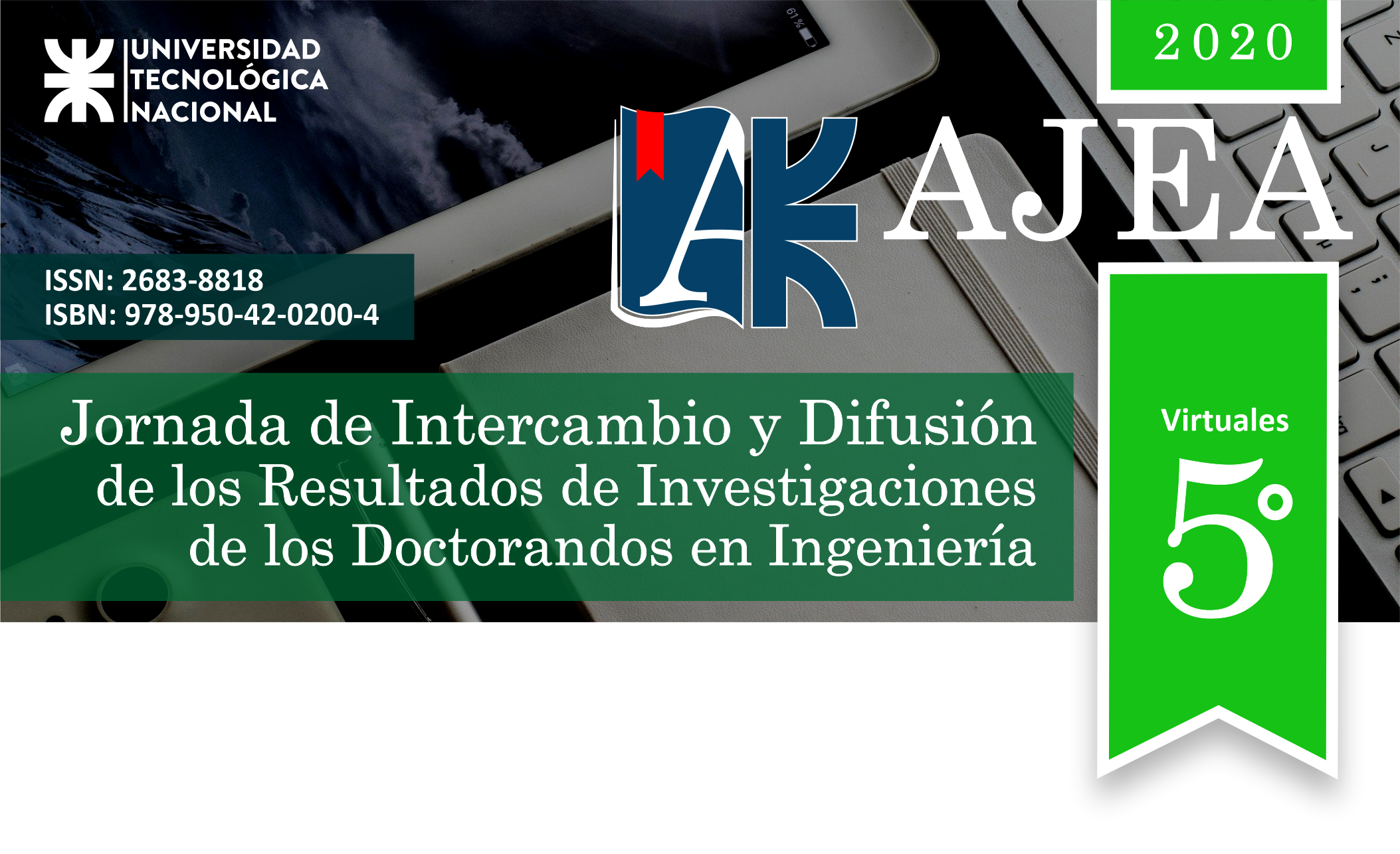Characterization and modification of natural halloysites for the adsorption of emerging pollutants. Revaluation of natural resources
DOI:
https://doi.org/10.33414/ajea.5.682.2020Keywords:
halloysite, adsorption, emerging pollutantsAbstract
Emerging pollutants (EC) are compuonds of different origin and chemical nature. Pharmaceuticals, personal care products, detergents, desinfection by-products, drugs, and flams retardants are come examples of EC. Due to their presence in water, the ecotoxicological effects they produce and the bioaccumulative characteristics, can influence aquatic biota and therefore human health.
The properties of halloysites (Hall) and their low cost, allow them to be considered as adsorbents for these substances in water. In particular, its tubular derivatives have an advantage for the construction of filter column beds. In addition, its internal and external surfaces can be easily modified with various chemical treatments. These modifications allow them to expand their adsorptive properties.
In this work, two natural halloysites were used (sample A: 90% Hall tubular and sample B: 40/60% Hall spheroidal / tubular). The deposits of these clays are located in the area of Mamil Choique and Buitrera, Patagonia, Argentina; particularly they are found forming aggregates where spheroidal and tubular forms coexist.
The Hall samples were modified by acid treatment (0.1M H2SO4), alkaline (0.1 M KOH) and heat treatment (400 and 800 ° C). Halls and their modifications were characterized by X-ray diffraction (XRD), zeta potential (PZ) and scanning electron microscopy (SEM).
It is intended to optimize the modification of the Halls and then evaluate their possible use in the adsorption of emerging pollutants.










